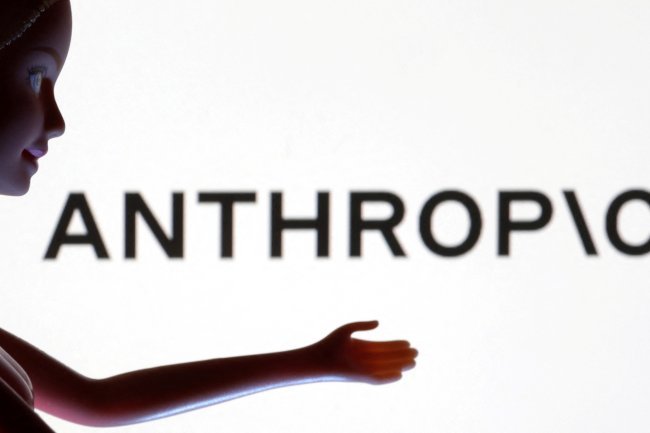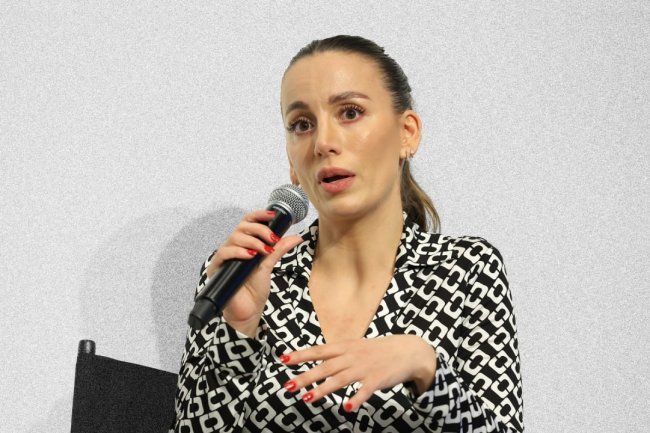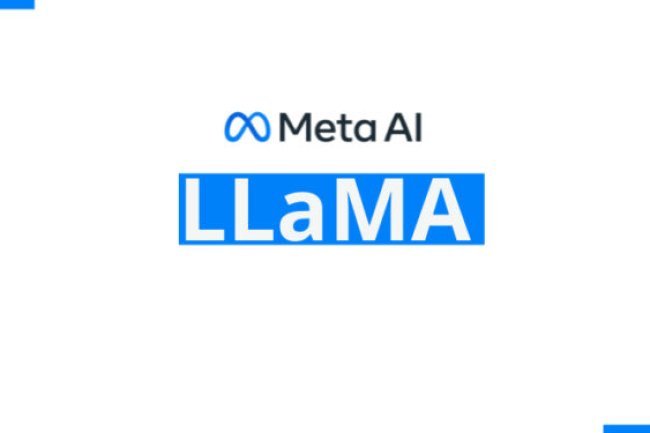Ethereum and Web3: Shaping the Future of the Internet
Ethereum and Web3 are spearheading a new internet evolution focused on decentralization where users have greater control over their data and interactions. This transformation aims to move away from centralized models dominated by tech giants enabling decentralized finance and ownership of digital assets. Despite scalability and adoption challenges the momentum behind Web3 continues to grow marking a significant shift in how we engage with the digital world

Ethereum and Web3: Shaping the Future of the Internet
The internet is undergoing a significant transformation with Ethereum and Web3 leading the way. The current web is largely centralized where a few corporations control most of the data and services that users interact with daily. Web3 seeks to disrupt this model by creating a decentralized internet that gives users more control ownership and privacy over their digital interactions.
Understanding Web3
Web3 represents the next evolution of the internet enabling users to engage with decentralized applications or dApps instead of the traditional centralized websites associated with Web2. In this new paradigm, user data is not stored on centralized servers but is distributed across decentralized networks. Blockchain technology serves as the backbone of Web3 with Ethereum playing a pivotal role in this transformation.
In Web3 users enjoy enhanced control over their digital identities. Instead of logging into services with usernames and passwords stored on corporate servers individuals can use their crypto wallets to access dApps. These wallets serve as both an identity verification tool and a means to manage digital assets without relying on third-party intermediaries.
The Role of Ethereum in Web3
Ethereum serves as a fundamental building block of Web3 fostering a new internet ecosystem that empowers users. Moving away from centralized control Ethereum promotes decentralized finance and the ownership of digital assets allowing for innovative applications that function independently of major tech corporations. Despite the challenges related to scalability and widespread adoption the momentum for Web3 continues to grow.
Ethereum’s development is crucial in shaping the decentralized web's future. It is evident that Ethereum and Web3 are more than fleeting trends; they represent a transformative approach to the internet.
The Importance of Decentralization
Decentralization is one of the key attractions of Web3. The traditional internet relies on centralized servers leading to significant control by companies like Google Facebook and Amazon over user data. In a decentralized web structure no single entity dominates the network.
For example in social media platforms within the current model companies can censor content or sell user data. In contrast a Web3-based social network allows users to maintain ownership of their data and identities and facilitates direct interactions without centralized control.
Decentralization also revolutionizes financial services. Traditional banking systems are often slow and involve numerous intermediaries. Ethereum Web3 enables decentralized finance platforms where users can lend borrow and trade assets directly eliminating the need for banks and relying instead on smart contracts which enhance trust and transparency.
Key Features of Ethereum Web3
-
Decentralized Applications (dApps): Operating on Ethereum these applications are not governed by any single authority making them resistant to censorship and providing users greater control over their data.
-
Smart Contracts: The backbone of dApps these self-executing contracts eliminate the need for intermediaries by automatically executing when certain conditions are met.
-
Ownership of Data: Users retain ownership of their data and assets in Web3. By interacting with dApps via crypto wallets user data is stored on the blockchain rather than on company servers.
-
Security: Ethereum’s decentralized nature means there is no central point of failure which makes Web3 services harder to hack or disable compared to traditional centralized systems.
Real-World Use Cases
Ethereum Web3 is already showcasing various practical applications particularly in finance. Users can trade borrow and earn interest on crypto assets through decentralized finance platforms like Uniswap Aave and Compound without relying on traditional banking systems.
Non-fungible tokens or NFTs exemplify another innovative use case. Ethereum’s smart contracts enable artists and creators to sell unique digital items such as art music and virtual real estate with ownership transparently recorded on the blockchain.
In gaming Ethereum Web3 empowers players by granting true ownership of in-game assets such as characters and items which can be sold or traded outside the game environment. Games like Axie Infinity are leading the way by allowing players to earn crypto while playing creating new economic opportunities.
Challenges and Future Potential
Despite the promising prospects of Ethereum Web3 challenges persist particularly regarding scalability. The Ethereum network can process only a limited number of transactions per second leading to congestion and high gas fees during peak activity. However initiatives like Ethereum 2.0 and layer-2 scaling solutions aim to address these limitations by enhancing the network's capacity.
Another significant challenge is user adoption. As a relatively new technology Web3 and blockchain require a paradigm shift away from established centralized services. Increased familiarity with crypto wallets dApps and decentralized services will bolster the potential of Web3 to redefine the internet landscape.
Ethereum Web3 is ushering in a new internet era that prioritizes user control. By moving away from centralized models it opens opportunities for decentralized finance digital asset ownership and innovative applications free from major tech company influence. While obstacles remain particularly concerning scalability and user adoption the momentum for Web3 continues to grow.
As Ethereum evolves its influence on the future of the decentralized web becomes increasingly important. Whether you are an investor developer or simply curious it is clear that Ethereum Web3 is more than a passing trend; it is paving the way for the future of the internet.
Disclaimer
The information provided here is not intended as trading advice. Bitcoinworld.co.in does not assume responsibility for any investments made based on the information presented. We highly recommend conducting independent research and consulting with a qualified professional before making any
Click Here to Visit
What's Your Reaction?
















